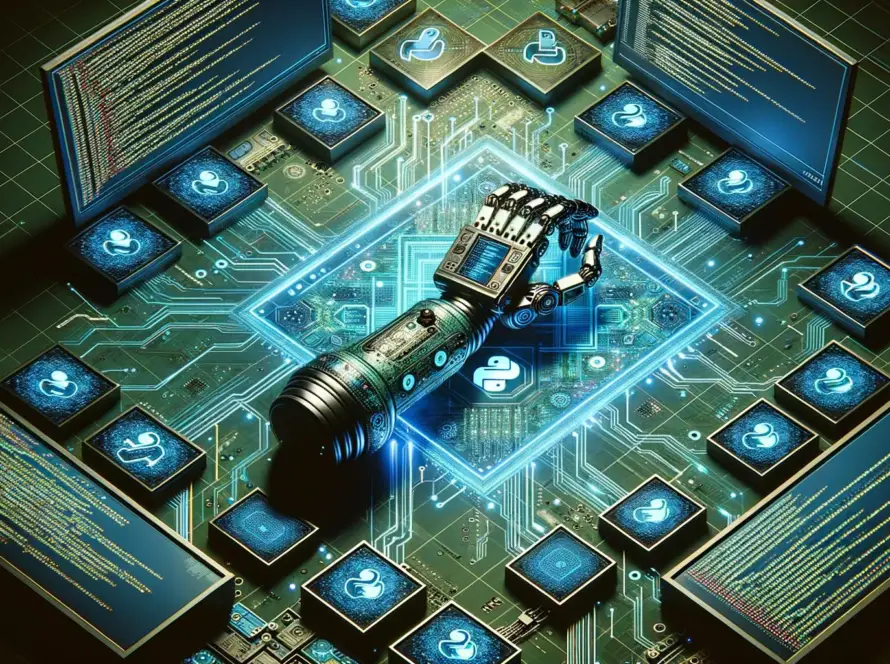Generated by Contentify AI

In today’s digital age, cybersecurity has never been more critical. As threats and vulnerabilities continue to evolve, the demand for skilled ethical hackers is on the rise. Python, a versatile programming language known for its readability and efficiency, has become a popular choice among ethical hackers due to its extensive libraries and powerful capabilities. In this comprehensive guide, we will explore how Python can be utilized effectively in the realm of ethical hacking.
One of the key advantages of using Python for ethical hacking is its simplicity and ease of use. Whether you are a beginner or an experienced hacker, Python’s clean syntax and dynamic typing make it an ideal language for writing custom tools and scripts. With a vast selection of libraries such as Scapy, Requests, and BeautifulSoup, Python provides a wide range of functionalities that can be leveraged for various hacking tasks, including network analysis, web scraping, and penetration testing.
Moreover, Python’s flexibility and portability make it the perfect choice for ethical hackers who work across different platforms and systems. Its compatibility with major operating systems like Windows, macOS, and Linux ensures that hackers can seamlessly transition between environments without sacrificing productivity. By mastering Python, ethical hackers can streamline their workflow, automate repetitive tasks, and enhance their overall efficiency in identifying and mitigating security vulnerabilities.
In conclusion, Python has established itself as a valuable tool in the arsenal of ethical hackers worldwide. Its user-friendly nature, extensive libraries, and cross-platform compatibility make it a standout choice for individuals looking to delve into the world of cybersecurity. By embracing Python for ethical hacking purposes, hackers can stay ahead of emerging threats, protect sensitive data, and bolster the overall security posture of organizations in an increasingly interconnected digital landscape.



